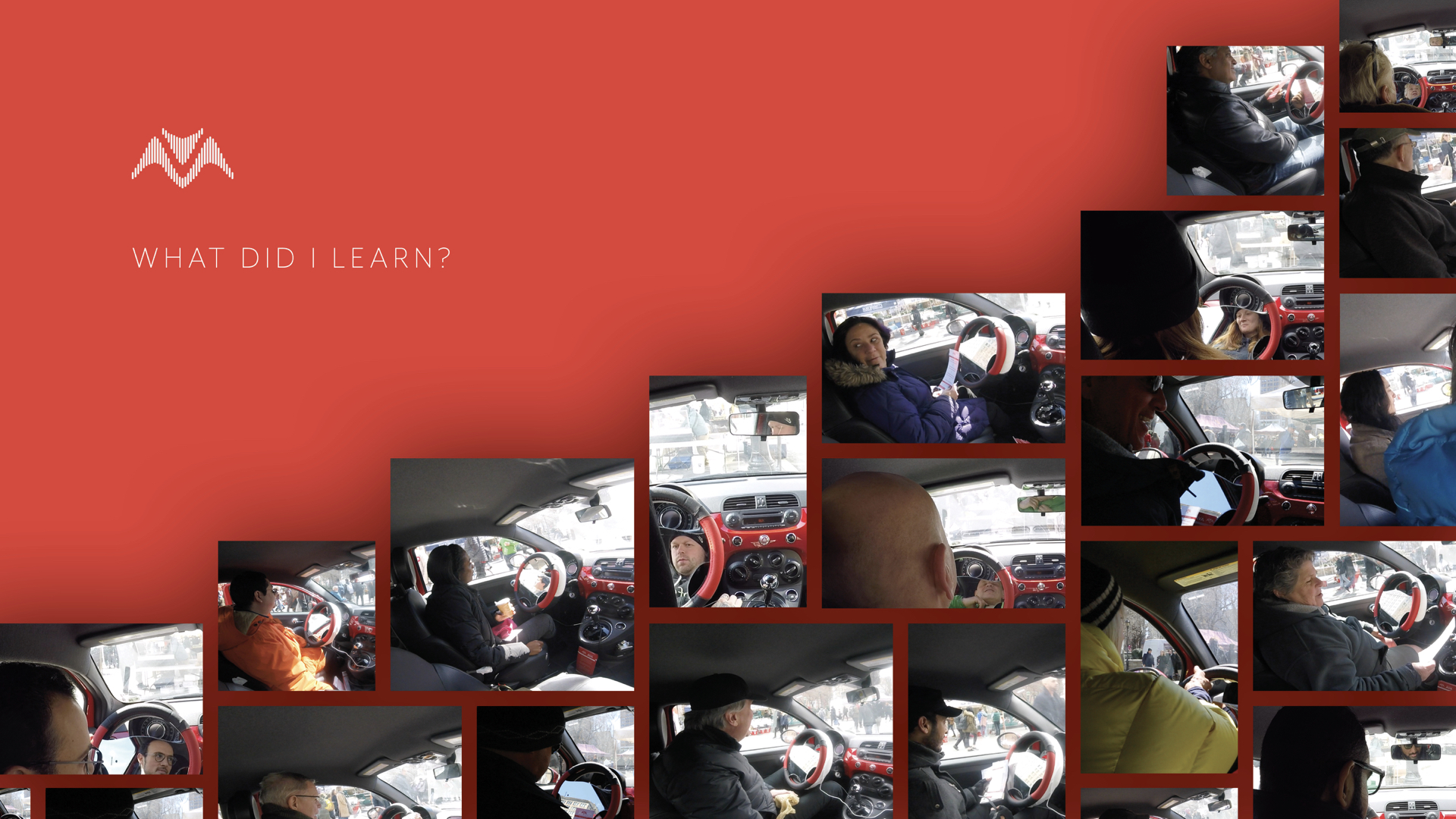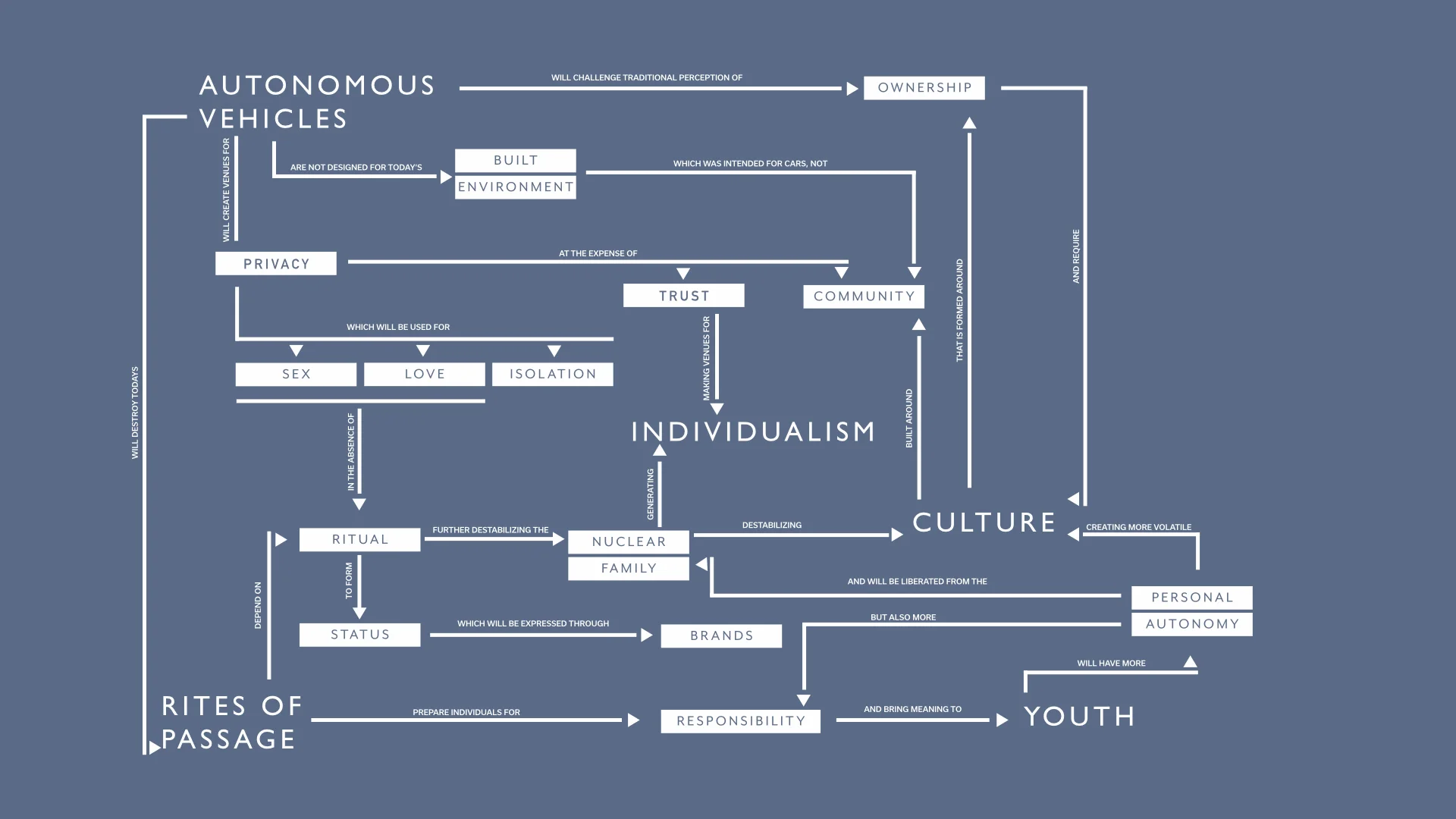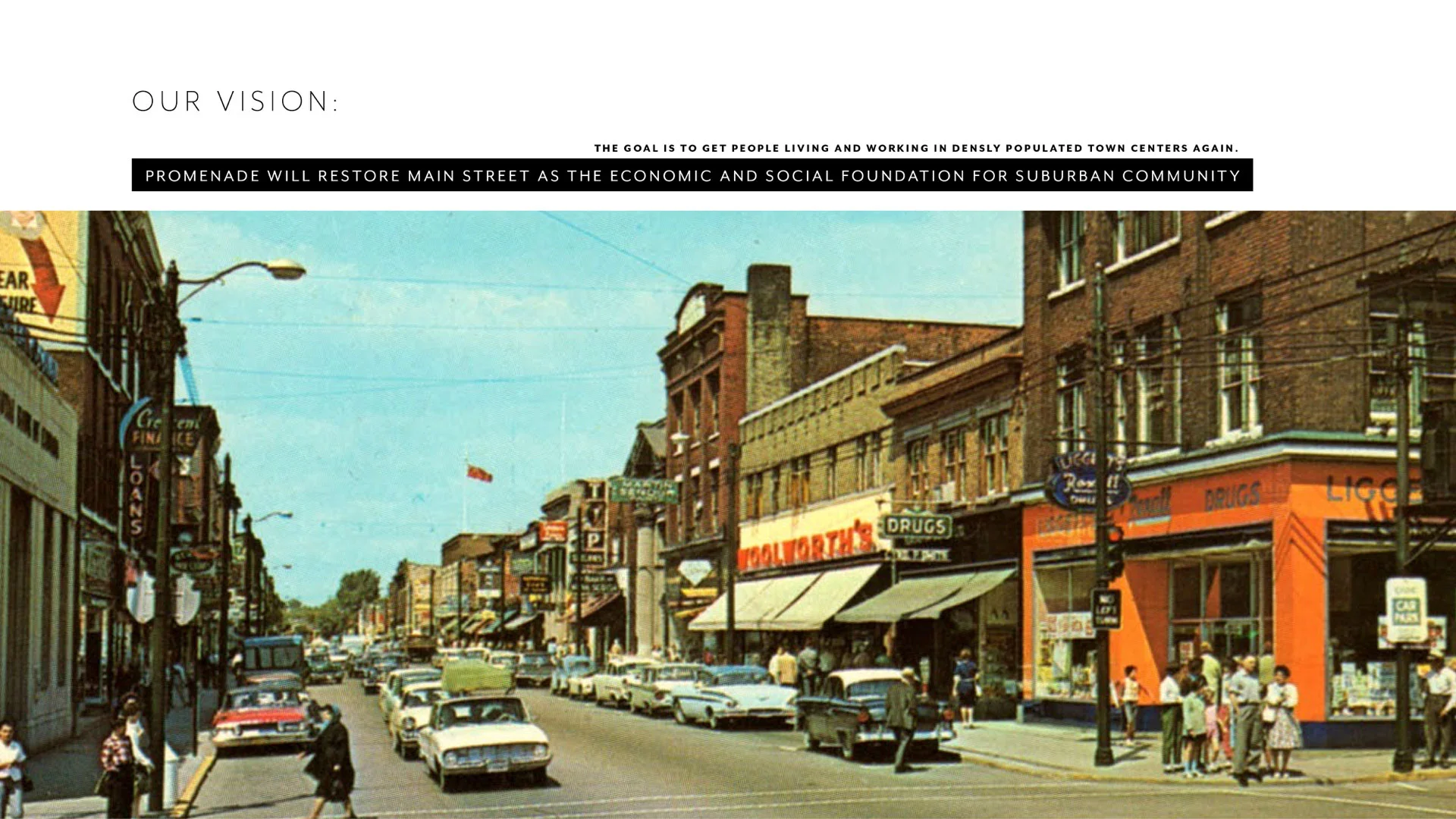YOU ARE ON THE FASTEST ROUTE: Intentional Community and Responsible Autonomy in the New Motor Age
Lassor Feasley’s thesis You Are on the Fastest Route: Intentional Community and Responsible Autonomy examines how self-driving cars might impact American culture and the habits of everyday life. For many Americans, the traditional motor vehicle mediates access to everything from social and economic connections to childhood independence and family roles. "What happens when the underlying calculous behind motor age culture is rewritten and the way people explore and understand the world is reimagined?”, Lassor asks. Through his research, Lassor wanted to try and anticipate the consequences that autonomous cars might inspire. Over the past year, he has explored the social, the economic, and the ethical aspects of car culture, and leverages the tools of design to imagine how an advanced mobility system might drive positive change.
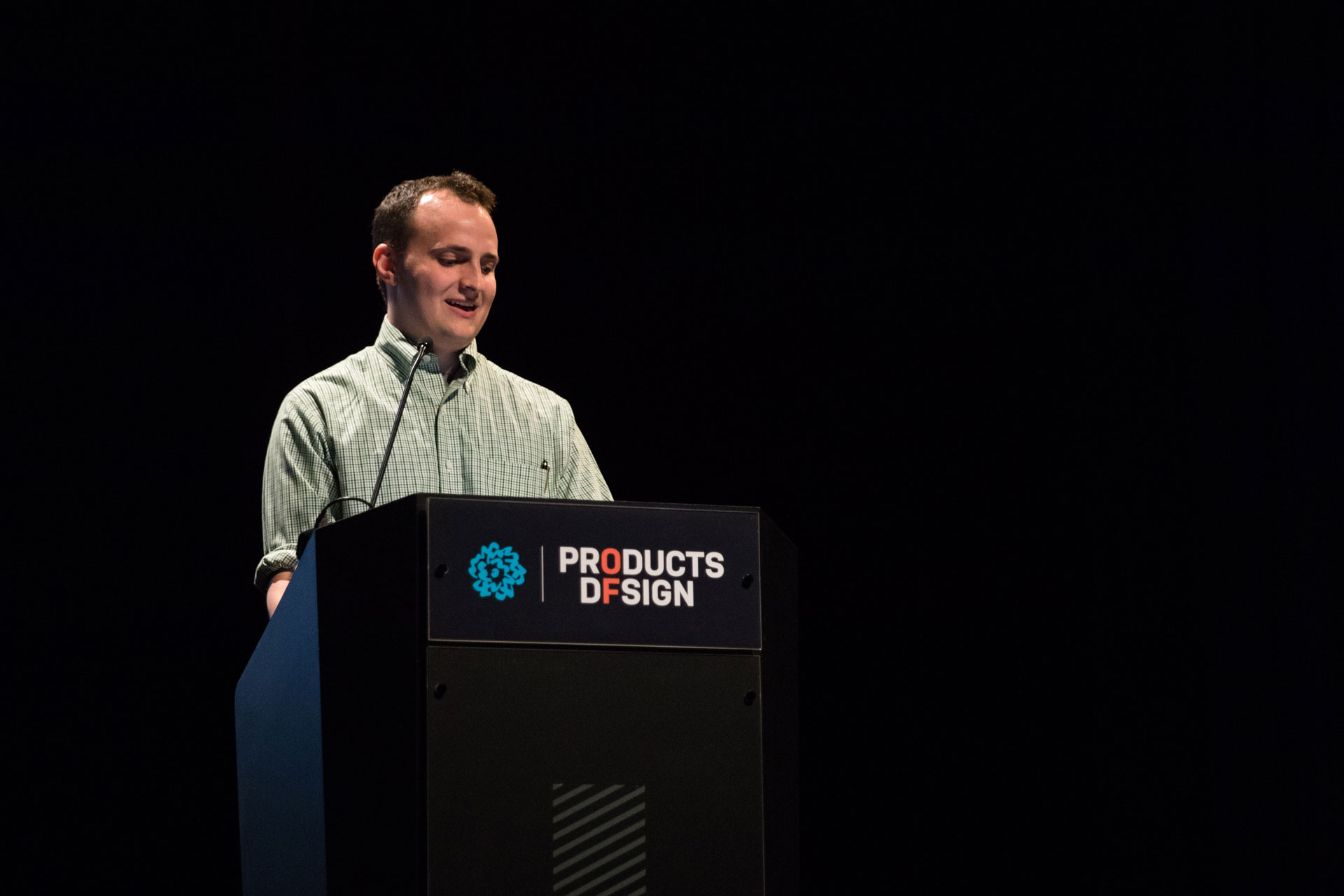
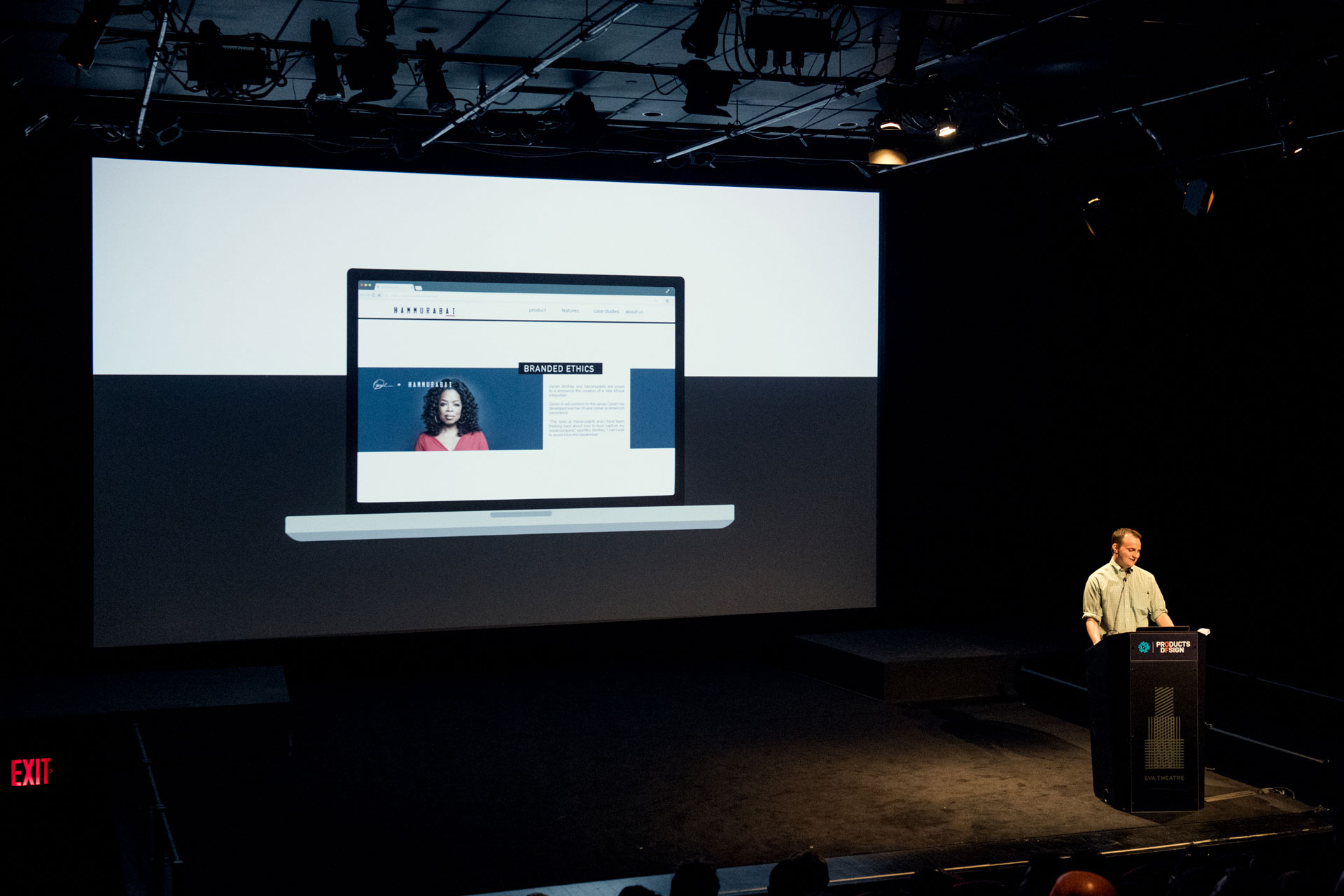
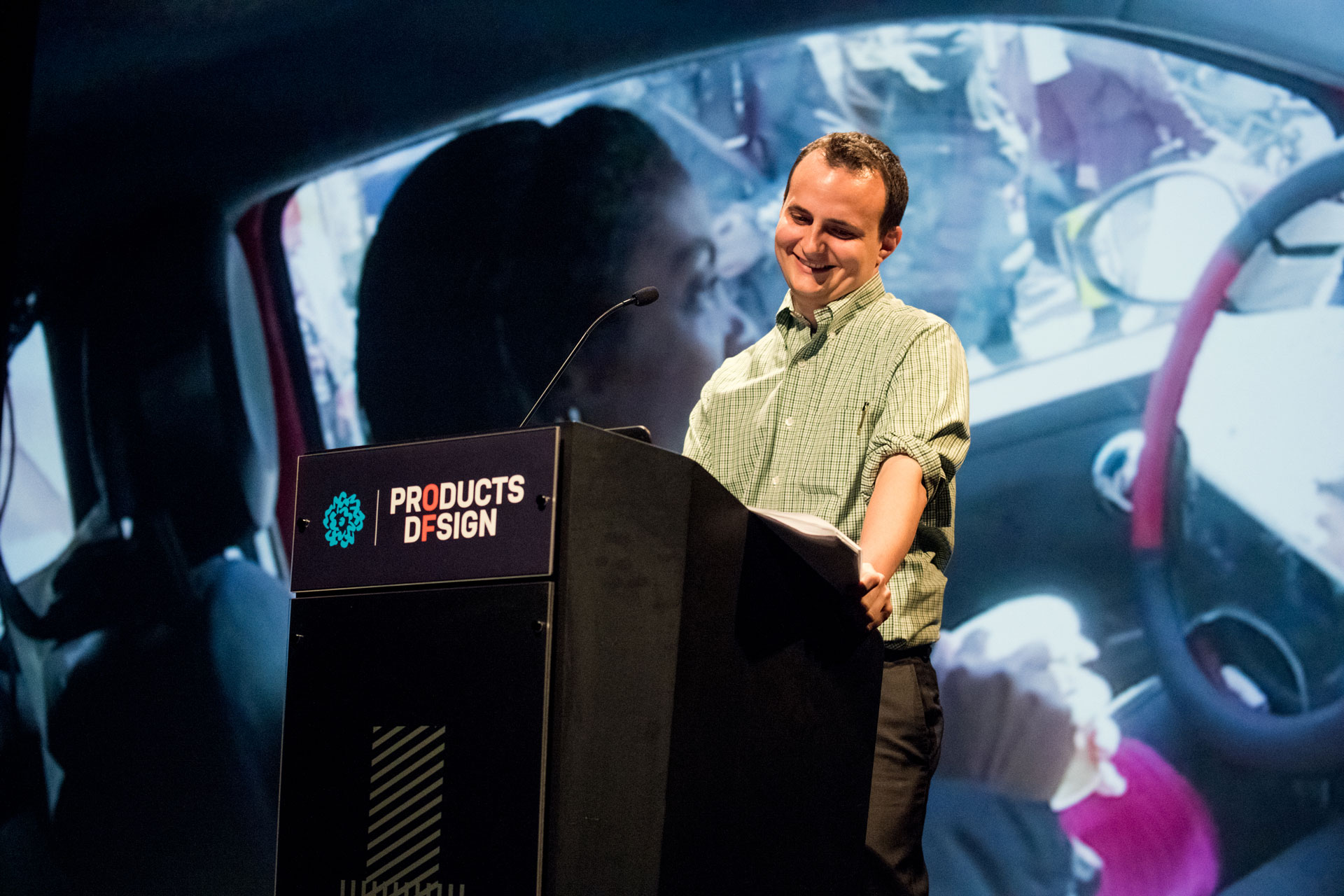
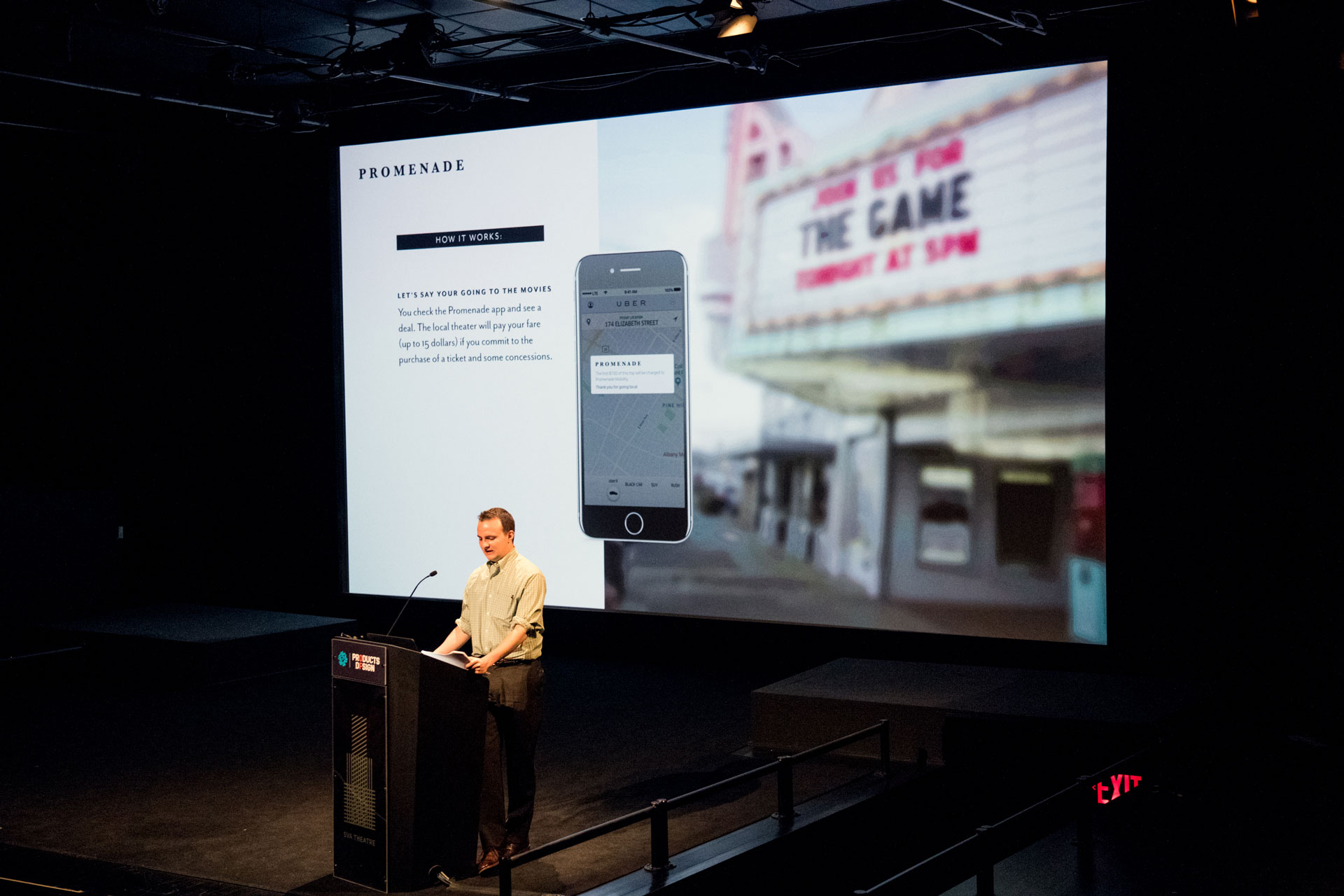
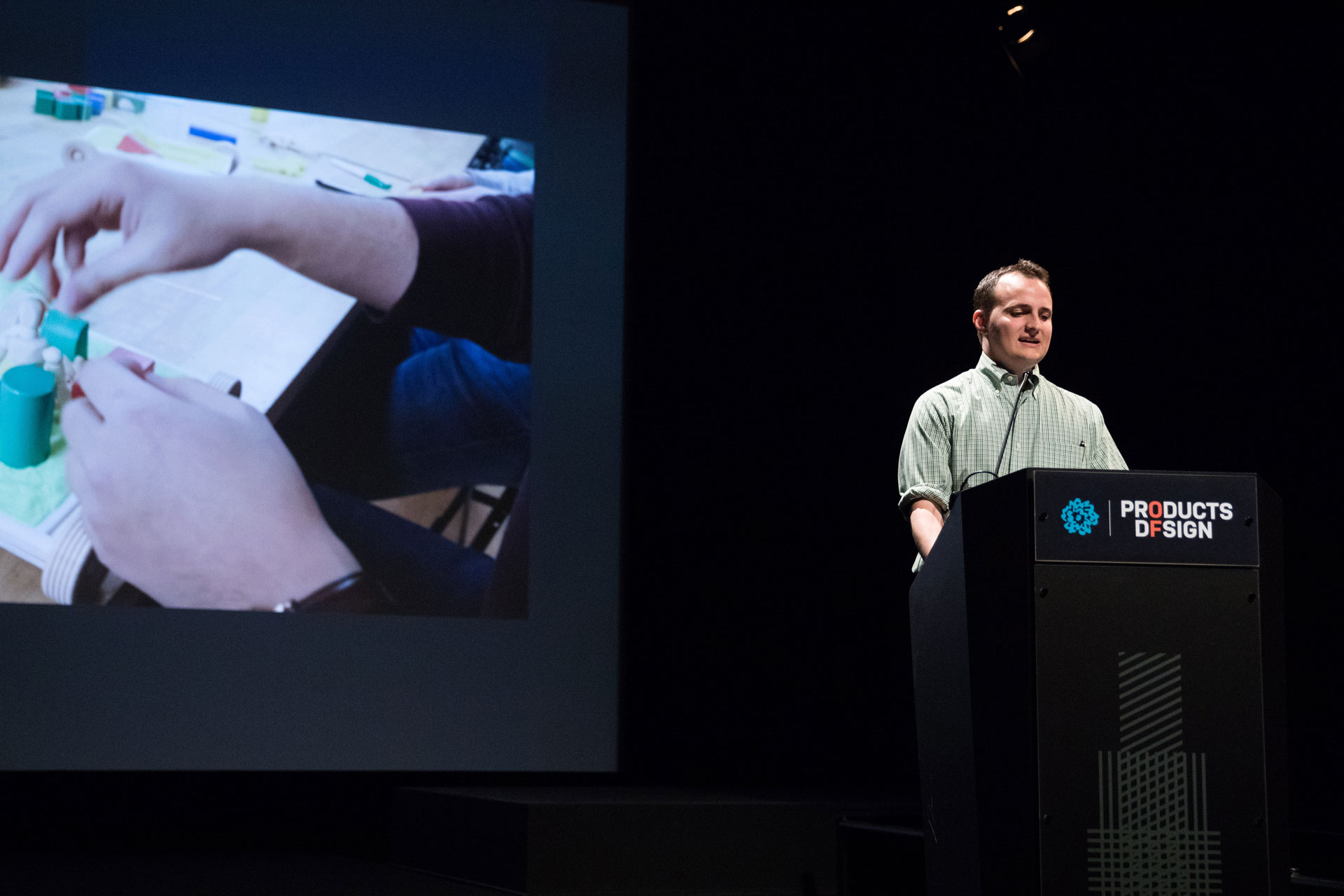


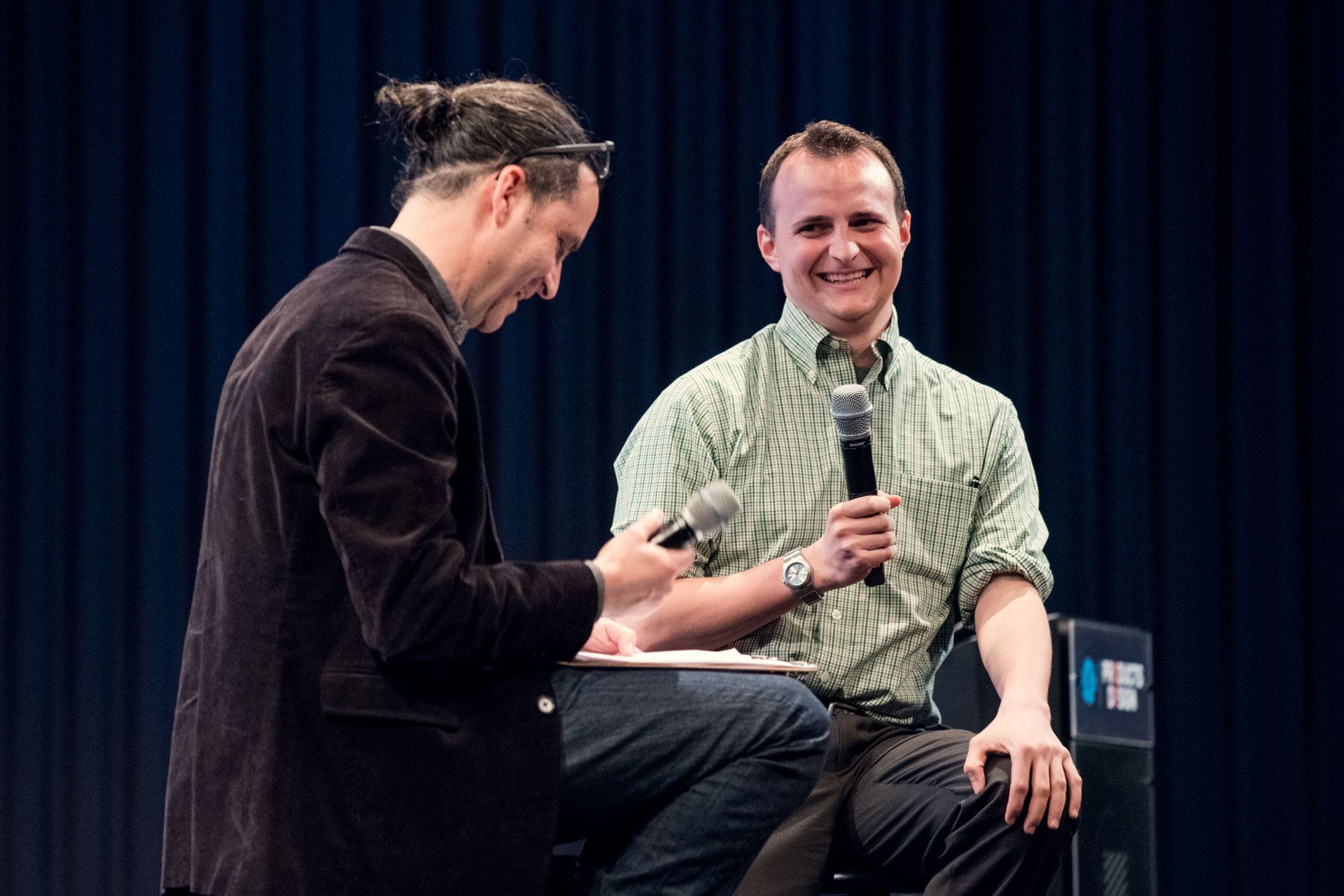
Lassor was also informed by dozens of interviews with experts in the field of urban planning and autonomous technology. These included corporate executives, academics, engineers, operations managers, and designers working in the automotive technology sector. “I spoke with many of the authors of books I had read, but I was especially fortunate to get ahold of Robert Lutz, who ran product design at General Motors for decades”, Lassor said. “He thinks self-driving cars will make styling and performance obsolete, that they will obliterate his life’s work and many conventions of our way of life”.
Lassor’s research and design work ultimately drew him towards the urban planning world. “A wonderful compliment to my interview with Robert Lutz was a correspondence I shared with the prominent urban planner and walkability expert Jeff Speck. His writings clarified how destructive our choices around mobility could be, and he has codified a playbook to start to reverse those trends”. Lassor’s design work and writing explored the interplay and balance of community and autonomy in the context of mobility. “The goal was that this work would form a road map for how technology interventions might help form a healthier balance with mobility, both as individuals, and as a society”, he said.
The Motor Age
The Motor Age is a fictitious newspaper from the future. It is an attempt to imagine what mobility will look like if autonomous vehicles are introduced into everyday life as carelessly as conventional vehicles were. While traditional markers of prosperity might seem strong, they serve only to obscure a profound sickness in our way of life.
Promenade
Promenade is a platform designed to leverage changing mobility habits and technologies to help restore healthy, vibrant, and walkable downtown Main Streets across America. It does this by letting local governments, small businesses, and other community stakeholders offer transportation deals to suburban users.
Serendipity
Serendipity is a platform that helps passengers on self-driving cars connect to the people and places around them. It works by weaving together the users social and physical worlds, and provides a constant stream of opportunities for them to meet in unexpected and unexplored places.
Say Hello to AVA
Say Hello to AVA was a design experience at in which Lassor unveiled a highly intelligent self-driving car he invented. The vehicle featured an artificially intelligent voice assistant named AVA, a precocious road trip companion designed to help passenger’s engage with the world through mobility.
The Rapid Ideation Lab
The Rapid Ideation Lab was a co-creation workshop with a cohort of users who either lived or grew up in the suburbs. A chronic issue that emerged in Lassor’s user research was that many interview subjects were unaware of or hostile towards autonomous cars. By putting them in control as designers, he circumvented this obstacle and was able to collect valuable insights.
To learn more about Lassor Feasley’s work, take a look at his projects in more detail on www.Lassor.com or contact hime at feasley@lassor.com.










